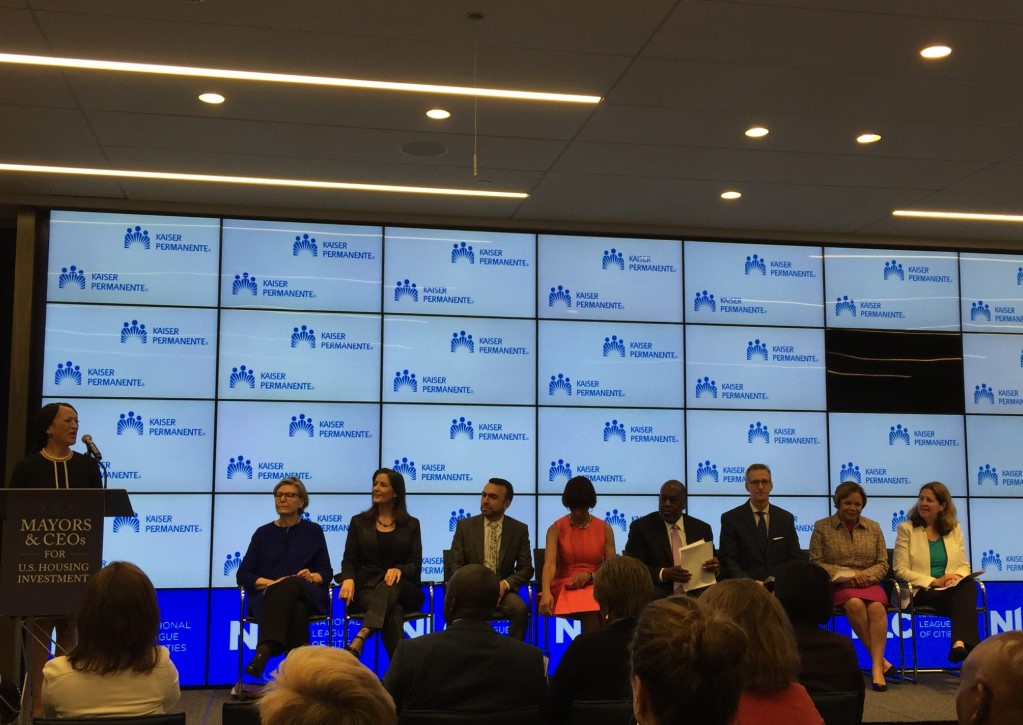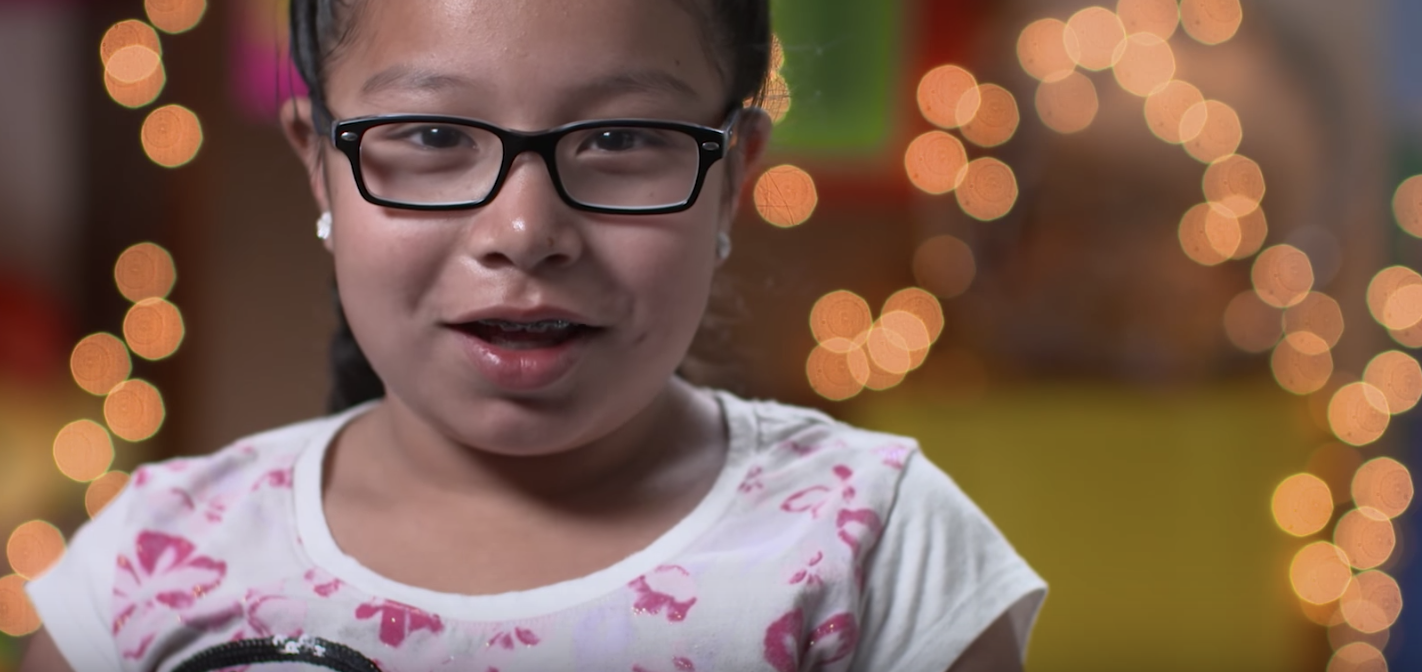 The incidence and severity of bullying have received much media attention of late. Some argue that both may be a function of a changing media landscape. What are the health risks associated with bullying? What is the role of the health professional when it comes to bullying? And what can communities do to prevent bullying or minimize its effects? Chuck Wibbelsman, MD, chief of adolescent medicine for Kaiser Permanente San Francisco and president of the American Academy of Pediatrics, addresses these and other questions with the Center for Total Health blog.
The incidence and severity of bullying have received much media attention of late. Some argue that both may be a function of a changing media landscape. What are the health risks associated with bullying? What is the role of the health professional when it comes to bullying? And what can communities do to prevent bullying or minimize its effects? Chuck Wibbelsman, MD, chief of adolescent medicine for Kaiser Permanente San Francisco and president of the American Academy of Pediatrics, addresses these and other questions with the Center for Total Health blog.
CTH Blog:
Bullying has been getting a lot more attention in the media, and it appears to be taken a lot more seriously now than in the past. As the chief of adolescent medicine for Kaiser Permanente in San Francisco, have you seen any increase in your practice in the number of adolescents coming in with concerns related to bullying?
Charles Wibbelsman:
In my own practice, I’ve seen an increase in bullying, anecdotally speaking, and that increase is reflected nationally as well. I was reading in The Journal of the American Medical Association, that 20 to 30 percent of students are involved in bullying – either as perpetrators or as victims.
We’ve had a teen clinic since 1955. When Solomon Cohen set up this clinic for adolescents ages 11 to 19, we were the only teen clinic in 1955, and we were one of the first teen clinics in the United States.
Bullying has changed over the last 20 years. It used to be that bullying would occur in the schools—students making fun of or physically assaulting other students, guys beating each other up, but now you have cyber bulling – social media, texting, Twitter, Facebook, and on-line videos. And, with cyber bullying, it’s mostly girls. Cyber bullying is twice as common among girls than boys.
CTH Blog:
Do you think bullying is becoming more common, or are people less tolerant of it now?
CW:
Bullying is more common because the factors involved in bullying are not just physical or verbal in a school setting. Again, now we have the bullying online as well. People are talking about it now. We’re seeing it in every type of media. People are more aware of it. It used to happen in the schools, and often teachers and parents weren’t aware of it. Now, people don’t look the other way. They are taking some responsibility.
CTH Blog:
The ramifications of bullying are serious. In addition to physical harm (from others or self), what are some of the health risks associated with bullying—the psychological and emotional health concerns that people may experience in response to bullying, such as anxiety, depression, headaches, or nausea?
CW:
There are serious health risks. Low self-esteem, depression, substance abuse, and suicide attempts. There are more than 250,000 attempted suicides, and 5,000 completed suicides among teens each year. The case of Rutgers University student Tyler Clementi, whose roommate filmed him being intimate with another man in a dorm room and uploaded the video, is an example of what can happen with bullying. Tyler committed suicide by jumping off the George Washington Bridge.
CTH Blog:
When you hear of tragedies such as what took place with Tyler Clementi, what is your reaction? There have been a growing number of adolescent and teen suicides that have been linked to bullying.
CW:
One of the saddest parts of my work was two years ago. A 14-year-old boy hung himself. He was one of my patients. His girlfriend broke up with him. He was popular, had lots of friends, good grades, played sports… It was horrible. It shows you how sensitive, vulnerable one is at that age. You don’t have the life experiences to deal with it.
I did a panel in San Francisco at the American Academy of Pediatrics, and there were LGBT youth talking about their own experiences being the victims of bullying. They were in their late teens, and all of them said that their worst experiences with bullying were in middle school. They all said, ‘I survived middle school.’ That’s the time when your body is changing, not everybody looks the same, there are school pressures – it’s prime time for bullying. There is decreased self-esteem. Bullying is at its height. Many young adults and adolescents don’t have the defense mechanisms to handle a lot of this.
CTH Blog:
Many kids who experience bullying suffer in silence, fearing retribution if they speak up. What are some of the warning signs adults should look for in kids?
CW:
Sometimes it’s unprotected sexual activity. I see isolation. I see cutting. When I see kids as patients, I ask, is this kid at risk for hurting himself? When I talk to adolescents about sexual orientation, maybe they’re gay or lesbian and haven’t come out yet. They’re very isolated. These are prime victims for bullying.
When we look at an adolescent, or when I’m examining a patient, I’m looking at self-esteem. How do they feel about themselves – their body? How do they relate to their body? If they have low self-esteem, it could be about low socio-economics, body weight, or sexual orientation. So, again, they may be at risk for depression, substance abuse, or suicide attempts.
We really need to talk with young adolescents in middle school, in junior high. Kaiser Permanente’s Educational Theatre Program is designed to do just that. They put on a theater performance called Nightmare on Puberty Street that addresses, in an entertaining way, the issues and difficult topics middle school students face. It looks at things like peer pressure, self-esteem, and bullying. I’m really proud of this program.
CTH Blog:
As a physician, you may be one of the few people an adolescent can talk to. You may be in a position to establish trust and an open line of communication in ways that others may not. What is the role of the health professional when it comes to bullying? Is the topic of bullying a regular part of the doctor-patient dialogue or should it be?
CW:
As a pediatrician, my responsibility as a doctor is to ask during routine checkups, how are you doing in school? I need to find out if he or she doesn’t have any friends, or if their grades are failing. Or, if one of my patients says, for example, ‘I want to change schools,’ that is a big red flag. As a physician, I often have access to information that adolescents don’t tell other people – things about substance abuse, depression, for example. I also partner with other physicians in mental health. At Kaiser Permanente it’s seamless. We’re all under one roof.
The bible of adolescent care is H-E-A-D-S – Home, Education, Activity, Drugs, and Sex. When I see a patient, at some point, I ask the parents to step out. We discuss a whole host of concerns. Home: I ask who do you live with? Do you live with both parents? I also ask about guns. Is there a gun in their life? Because maybe grandpa has a gun in the house, and a teen may have access to a gun. Activity: Are you involved in sports? What do you do in your free time? How much TV do you watch? I ask do you smoke? Sex: I ask them about what’s going on in their life. Are you having sex? Do you want to have sex, or are you being pressured? Because there are all kinds of layers. There could be issues concerning domestic violence. I start with the easier questions first, asking them what they like to do, and so forth. It’s about building trust and rapport.
CTH Blog:
In your practice, you emphasize the importance of communication with parents as well. Do you ask the parents some of these same questions?
CW:
Yes. We have a questionnaire for parents and adolescents. We ask some of the same questions and general questions as well. For example, does your child drink sodas? Is there a gun in the house? Are you concerned about any behaviors in your child? Is your child sad? Do they watch TV? What kind of things does your child like to eat?
CTH Blog:
What can communities and schools do differently to prevent bullying or minimize its effects?
CW:
Schools need to prepare teachers to be educated about bullying and intervene. Schools, principals, and students need to be aware about what’s going on with students. They need to step up to the plate, not just school’s over and everybody goes home. We need to involve the parents as well. Kids are not going to tell their parents some things.
No matter what our role in life, parent or health care provider, we need to be aware so that we can help a child or an adolescent. We have to ask the questions to be able to help.




